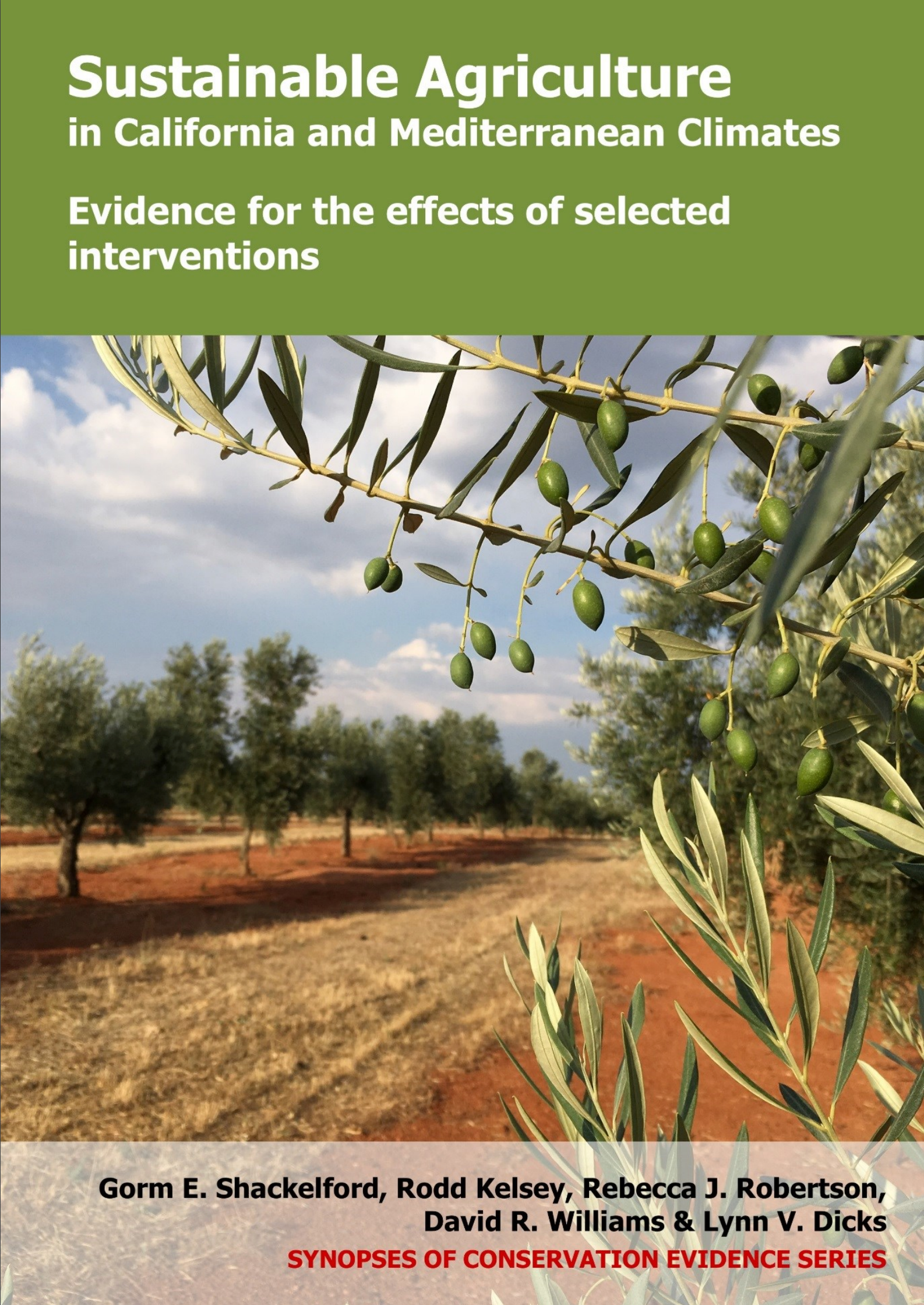Soil: Plant buffer strips
-
Overall effectiveness category Unknown effectiveness (limited evidence)
-
Number of studies: 1
View assessment score
Hide assessment score
How is the evidence assessed?
-
Effectiveness
75% -
Certainty
10% -
Harms
0%
Study locations
Supporting evidence from individual studies
A replicated, randomized, controlled study in (1997–2010) in a maize field in the Po Valley, Italy, found more organic matter, nitrogen, and microbial biomass in buffered plots, compared to unbuffered plots. Organic matter: More organic matter was found in buffered plots, in seven of eight comparisons (0.25–0.35% vs 0.22%). Nutrients: More nitrogen was found in buffered plots, in seven of eight comparisons (0.13–0.14% vs 0.1%). Soil organisms: More microbial biomass (measured as carbon) was found in buffered plots, in six of eight comparisons (316–566 vs 257 mg/kg dry soil), and more microbial biomass (measured as nitrogen) was found in two of eight comparisons (40–47 vs 27 mg/kg dry soil). Implementation options: More organic matter was found in plots with 3 m buffers, compared to 6 m buffers (0.30–0.34% vs 0.25–0.27%). Similar soil nitrogen was found in plots with 3 m buffers and 6 m buffers (1%). Less microbial biomass (measured as carbon) was found in plots with 3 m buffers, compared to 6 m buffers, in one of two comparisons (450 vs 541 mg/kg dry soil), but more was found in one of two comparisons (391 vs 327 mg). Less microbial biomass (measured as nitrogen) was found in plots with 3 m buffers, in one of two comparisons (33 vs 40 mg/kg dry soil). Similar amounts of organic matter were found in plots that had buffers with one or two tree rows (0.20–0.28%). More nitrogen was found in plots that had buffers with one tree row, compared to two, in one of two comparisons (0.14% vs 0.12%). Similar amounts of microbial biomass (measured as carbon) were found in plots that had buffers with one or two tree rows (316–565 mg/kg dry soil). More microbial biomass (measured as nitrogen) was found in plots that had buffers with one tree row, compared to two, in one of two comparisons (40 vs 34 mg/kg dry soil). Methods: Maize plots had grass buffers (3 m grass: tall fescue Festuca arudinacea), grass and woody buffers (3 m grass with one tree row; 6 m grass with one tree row; 6 m grass with two tree rows), or no buffers (two replicates of each plot). Trees included guelder-rose Viburnum opulus and London sycamore Platanus hybrida. Plots were ploughed (35–40 cm depth) and harrowed before sowing crops. Fertilizers were applied (April: 400 kg/ha of NPK; May: 450 kg/ha of urea). Grass buffers were mown twice a year in growing season (residues were not removed) and tree offshoots were removed. Trees were coppiced in 2003 and 2010. Soil samples were taken (0–15 cm) in April and October 2010.
Study and other actions tested
Where has this evidence come from?
List of journals searched by synopsis
All the journals searched for all synopses
This Action forms part of the Action Synopsis:
Mediterranean Farmland
Mediterranean Farmland - Published 2017
Mediterranean Farmland synopsis





)_2023.JPG)














